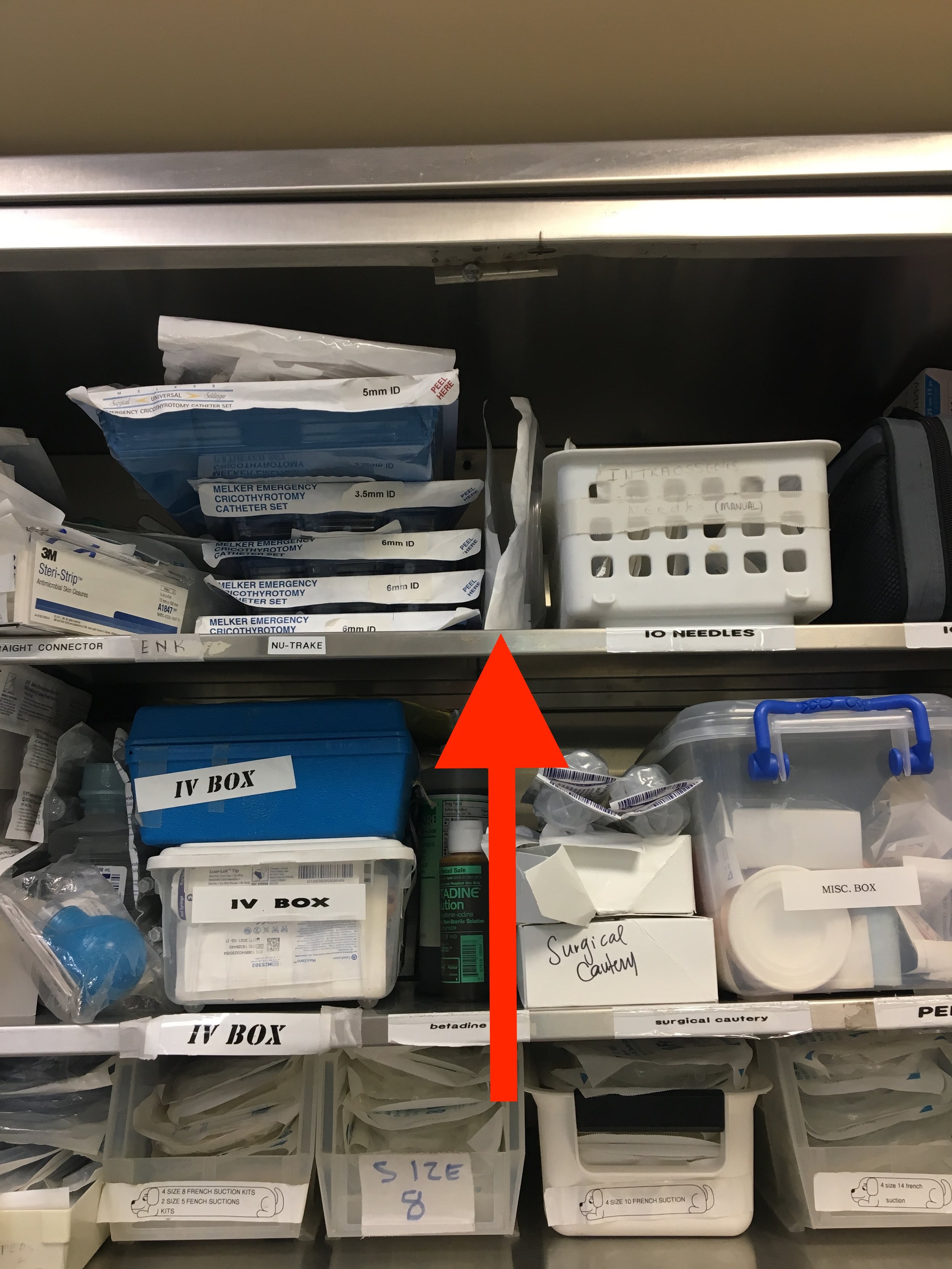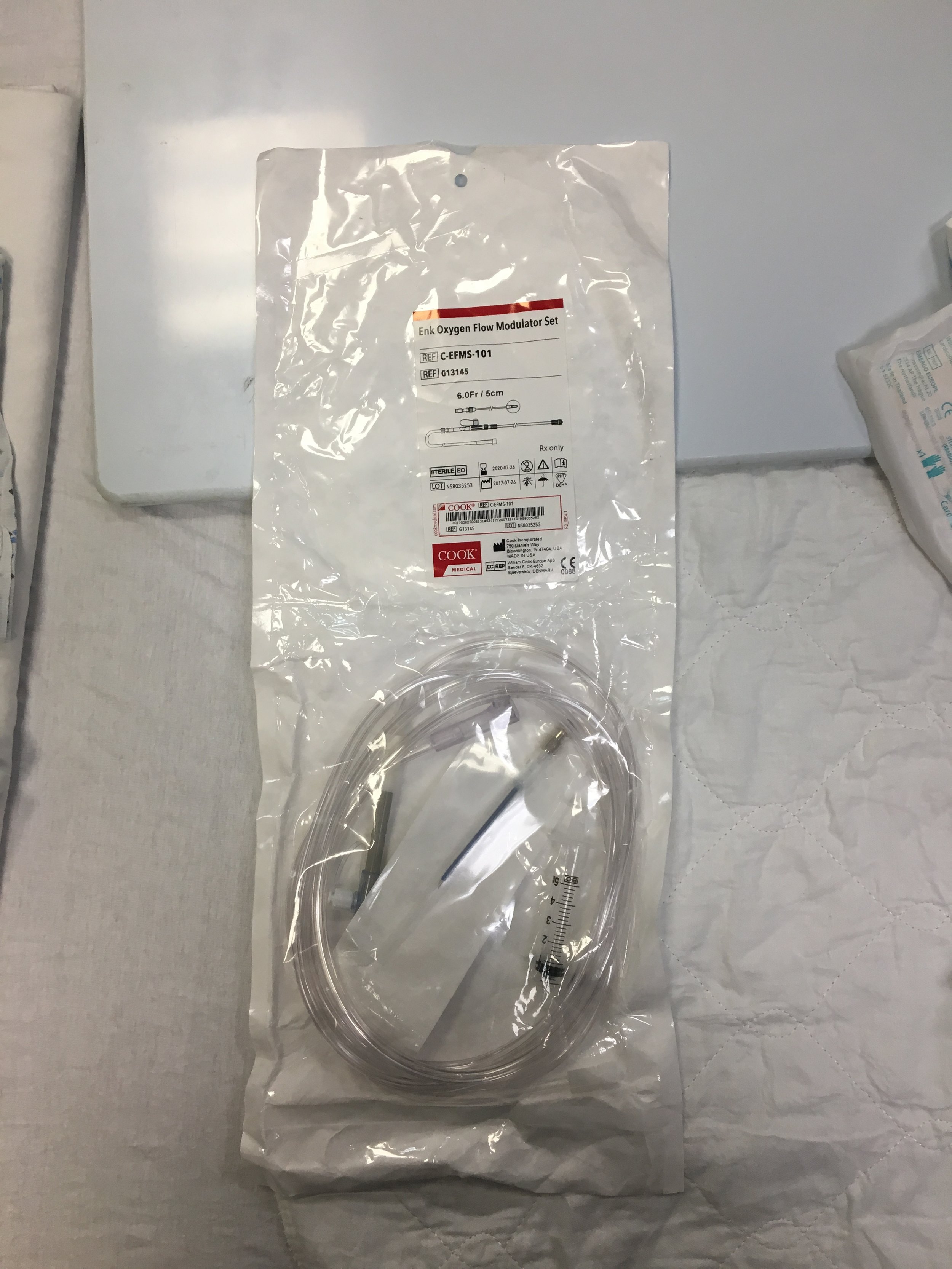Awwww yisss, airway stuff!
I’d like to start this POD off by talking about the study that got everyone buzzing about the bougie this summer, published last June in JAMA by Driver et al. at Hennepin:
Effect of Use of a Bougie vs Endotracheal Tube and Stylet on First-Attempt Intubation Success Among Patients With Difficult Airways Undergoing Emergency Intubation, A Randomized Clinical Trial
Numbers and outcomes:
They randomized 757 patients: 381 to a bougie-first approach, 376 to a traditional styletted ETT-first approach
Population was >18, undergoing intubation with a Macintosh (standard geometry) blade (direct or video, how much the intubator looked at the screen was at the teams discretion)
380 patients had at least one difficult airway feature
Success on 1st attempt was 98% in bougie-first group vs 87% in ETT+stylet group, P=0.0001, NNT=9
Success on 1st attempt in patients with difficult airway features was 96% in bougie-first group vs 82% in ETT+stylet group, P<0.0001, NNT=7
Let’s just state what that last NNT means in words to let it sink in: You have use a bougie on 7 patients with difficult airway features in order to prevent one first-pass failure.
Furthermore, the bougie held its own among every stratification, e.g.:
Obese patients: (96% vs 75%)
Patients that needed cervical in-line stabilization: (100% vs 78%,)
Patients with poor views (Cormack-Lehane grades 2 to 4): (97% vs 60%)
A few other noteworthy things:
The duration of the first pass was about the same between bougie and ETT groups,
The total time of intubation was far longer in the ETT group, owing to more often needing multiple attempts passes
No difference in complication rate or direct airway trauma
Bottom line: This is extremely compelling evidence that first pass success is improved with use of a bougie.
We massively underutilize the bougie. Let’s improve our first pass success and use it more often.
I would especially consider using a bougie as first pass if you’re a less-experienced intubator or you’re starting to learn DL. Furthermore, even if you want to be old school and use it “only as a backup/rescue device”, heaven help you if you actually have to use it as such and have never practiced using it.
For anyone that may not be 100% familiar…
How to use a bougie:
get a view
pass your bougie through the cords, the coudé tip helps guide it anteriorly where it needs to go
you know you’re in the trachea because it stops around the carina (be gentle, airway perforations are sub-optimal), you can also theoretically feel the subtle clicking of the tracheal rings as it slides down the trachea
your assistant slides the tube over the back end of the bougie and then stabilizes the back of the bougie while you railroad the tube over it and through the cords
keep retracting the tongue with the laryngoscope while you do this to facilitate passage
you may encounter some resistance when it reaches the arytenoids; twisting the tube solves this problem
you can definitely do all this by yourself too, it’s just a little trickier to maneuver all the moving parts
The bougies used in the Hennepin study were 70 cm gum elastic (blue) bougies, the same ones we stock in our ED. These as well as slightly shorter 60cm bougies are stocked in most departments you might work in. Thanks to Reuben we also now stock the purple malleable bougies! These excellent devices and will save you when you run into weird geometry and can even be used with hyperangulated laryngoscopes but this is a little harder. When I use them as a regular bougie, I’ll usually give them a slight coudé tip and mild anterior bend like that of the ETT and revise if necessary. The stopper can be taken off or used to pre-load the tube.












